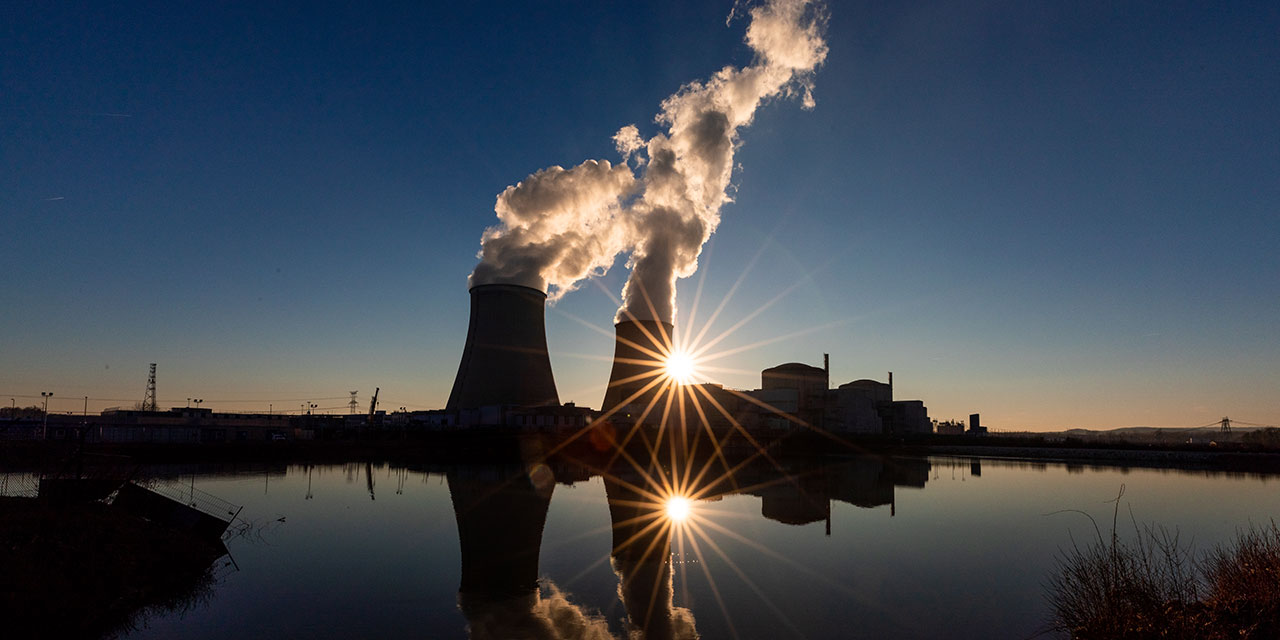Nuclear fusion is the process of combining two atomic nuclei to form a heavier nucleus, releasing energy in the process. This process is the same that powers the sun and other stars, and it is considered the ultimate clean energy source because it produces no greenhouse gases and creates minimal waste.
The process of nuclear fusion is achieved by heating hydrogen atoms to extremely high temperatures and pressures, creating a plasma state in which the hydrogen atoms can overcome their natural repulsion and merge to form helium. The heat released by this process can then be used to generate electricity through conventional means.
While nuclear fusion is still in the experimental stage and has yet to be proven on a commercial scale, scientists and engineers around the world are working to develop viable nuclear fusion technologies. If successful, nuclear fusion could provide a virtually limitless source of clean energy that could help reduce our reliance on fossil fuels and combat climate change.
Works cited:
European Nuclear Society. “Nuclear Fusion: What It Is and How It Works.” ENS, 2021.
ITER Organization. “Nuclear Fusion Explained.” ITER, 2021.








